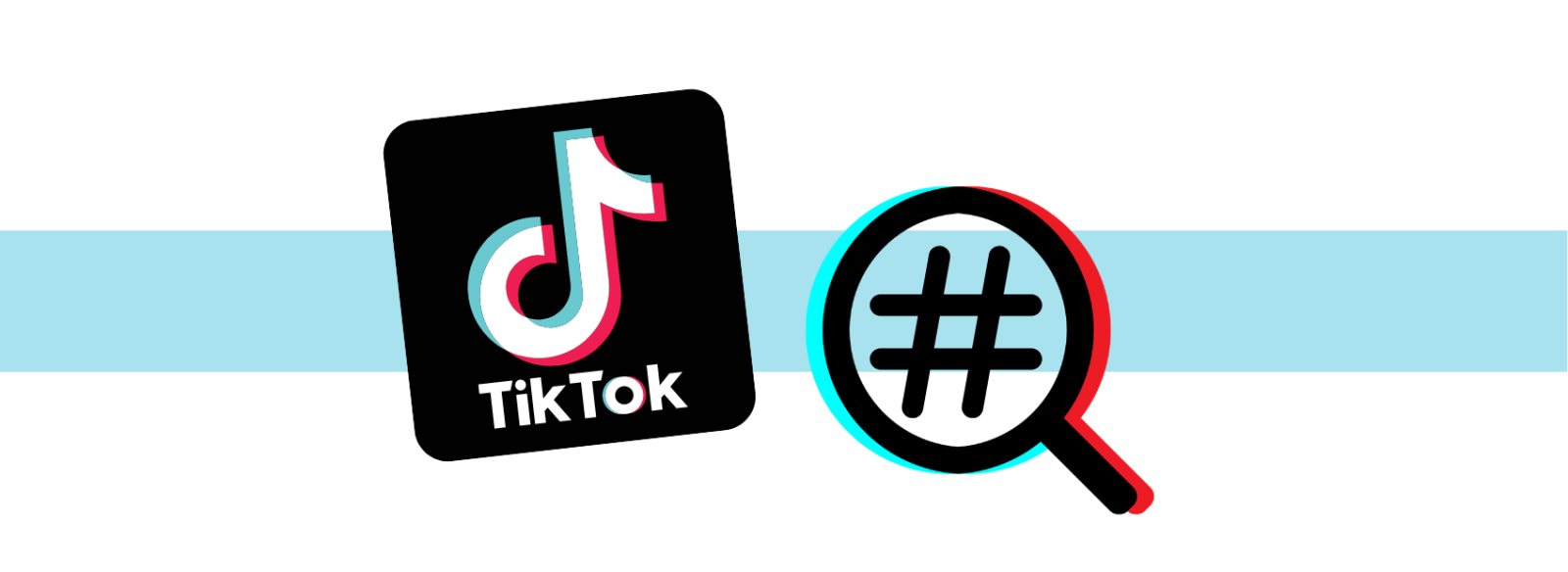In today’s fast-paced and unpredictable world, the importance of Emergency communication tools cannot be overstated. Whether it’s a natural disaster, a medical emergency, or an unexpected crisis, these tools play a vital role in saving lives by facilitating timely and effective communication. At Safety-Chat, we understand how critical it is to have reliable systems in place for emergency situations. This article explores how emergency communication tools save lives, their types, and why investing in them is essential for individuals, organizations, and communities.
Understanding Emergency Communication Tools
Emergency communication tools refer to the various devices, platforms, and systems designed to enable rapid communication during emergencies. These tools ensure that crucial information reaches the right people at the right time, helping coordinate responses, minimize harm, and save lives.
What Constitutes Emergency Communication Tools?
Emergency communication tools encompass a wide range of technologies including:
- Mass notification systems that broadcast alerts via text, email, or phone calls
- Two-way radios and walkie-talkies for direct communication
- Emergency apps on smartphones that provide alerts and updates
- Public address systems for broadcasting in public spaces
- Satellite phones for communication when conventional networks fail
Each tool serves a specific function depending on the scenario and environment, but their common goal is to maintain clear, reliable, and rapid communication.
The Role of Emergency Communication Tools in Saving Lives
Quick Alert and Notification
The primary advantage of emergency communication tools is the ability to quickly alert individuals and authorities about an imminent or ongoing danger. When seconds matter, sending mass notifications to warn people about hurricanes, fires, or security threats can save countless lives.
Coordination Among Emergency Responders
Efficient emergency communication tools enable seamless coordination among first responders, medical teams, and law enforcement. When communication is clear and uninterrupted, rescue operations are more organized, reducing response times and improving outcomes for victims.
Reducing Panic Through Clear Communication
Panic often escalates during emergencies due to misinformation or lack of information. Emergency communication tools provide a reliable channel to disseminate accurate information, helping to calm the public and guide them to safety.
Facilitating Remote and Difficult-to-Reach Areas
In areas with limited infrastructure, traditional communication can fail. Emergency communication tools like satellite phones and specialized apps ensure that help can be summoned and coordinated even in remote or disaster-stricken locations.
Types of Emergency Communication Tools and Their Uses
Mass Notification Systems
Mass notification systems are powerful platforms that send alerts to large groups via SMS, email, voice calls, or app notifications. Organizations and governments use these systems to inform people about emergencies instantly.
Two-Way Radios and Walkie-Talkies
Two-way radios are essential for on-the-ground teams who need instant, reliable communication without relying on cellular networks. These devices are crucial in firefighting, disaster relief, and security operations.
Emergency Alert Apps
Smartphone apps designed for emergency communication offer real-time updates, GPS tracking, and quick access to emergency contacts. They empower users to stay informed and connected during crises.
Satellite Communication Devices
When cell towers are down, satellite phones and devices ensure communication remains possible. These tools are indispensable in natural disasters like earthquakes or hurricanes where infrastructure is damaged.
Benefits of Implementing Emergency Communication Tools
Enhanced Safety and Preparedness
Having robust emergency communication tools improves overall safety by preparing individuals and organizations for crises. Early warnings and clear instructions reduce casualties and injuries.
Faster Response Times
With instant communication, emergency responders can mobilize faster, making a significant difference in rescue and recovery operations.
Cost-Effectiveness in Crisis Management
Investing in emergency communication tools can save costs by preventing widespread damage and reducing the need for expensive post-crisis interventions.
Building Public Trust
Transparent and reliable communication during emergencies builds trust between authorities and the public, fostering cooperation and compliance with safety protocols.
Challenges in Emergency Communication and How Tools Overcome Them
Network Failures
Natural disasters often cause network outages. Emergency communication tools like satellite phones and mesh networks provide alternatives to maintain connectivity.
Information Overload
During emergencies, an overload of information can confuse people. Mass notification systems and specialized apps help filter and deliver only relevant alerts.
Accessibility Issues
Emergency communication tools are designed to be accessible, including options for the visually or hearing impaired, ensuring no one is left out.
Best Practices for Using Emergency Communication Tools Effectively
Regular Testing and Updates
To ensure reliability, emergency communication tools must be regularly tested and updated to handle the latest threats and technologies.
Training and Awareness
Users should be trained on how to operate emergency communication tools effectively to maximize their life-saving potential.
Integration with Emergency Plans
Communication tools should be integrated into broader emergency response plans for coordinated and efficient crisis management.
Future Trends in Emergency Communication Tools
Advancements in AI, IoT, and 5G technology are set to revolutionize emergency communication tools. Predictive analytics will enable earlier warnings, and smart devices will facilitate more personalized and location-specific alerts, further enhancing safety and saving more lives.
Conclusion
Emergency communication tools are indispensable in today’s world, where the frequency and impact of crises continue to rise. From quick alerts to coordinated responses, these tools save lives by ensuring communication remains clear, rapid, and effective. Investing in and maintaining robust emergency communication tools is not just a precaution — it is a critical component of safety and resilience for individuals, organizations, and entire communities. At Safety-Chat, we emphasize the vital role these tools play in protecting lives and urge everyone to prioritize their use and implementation.



